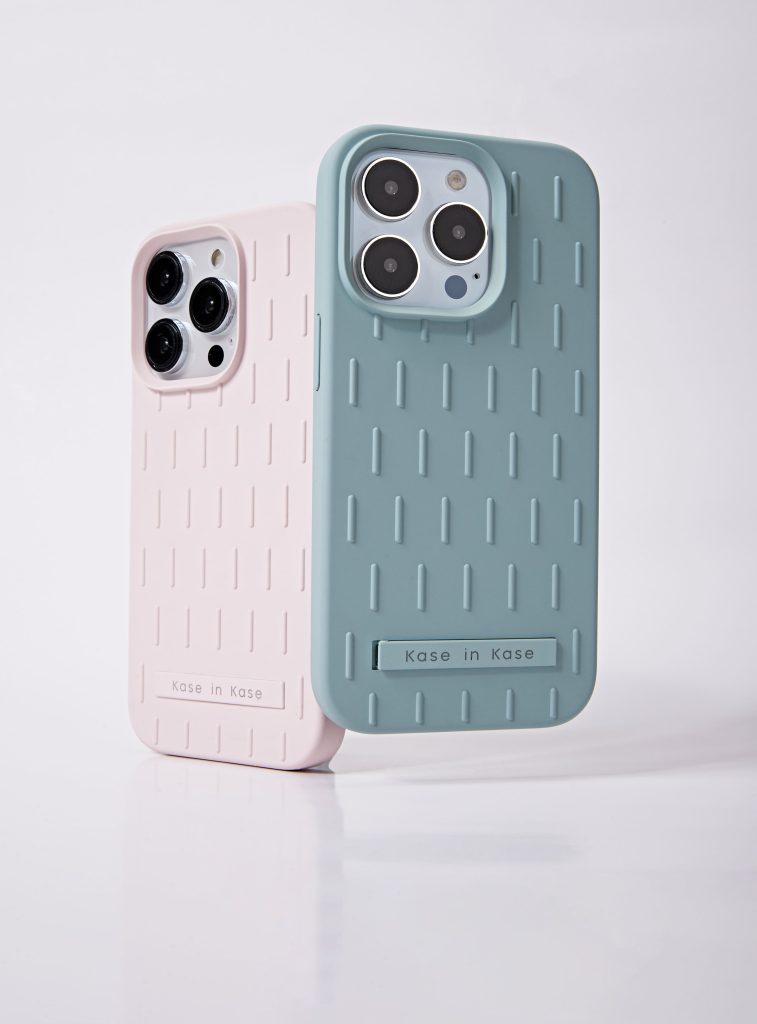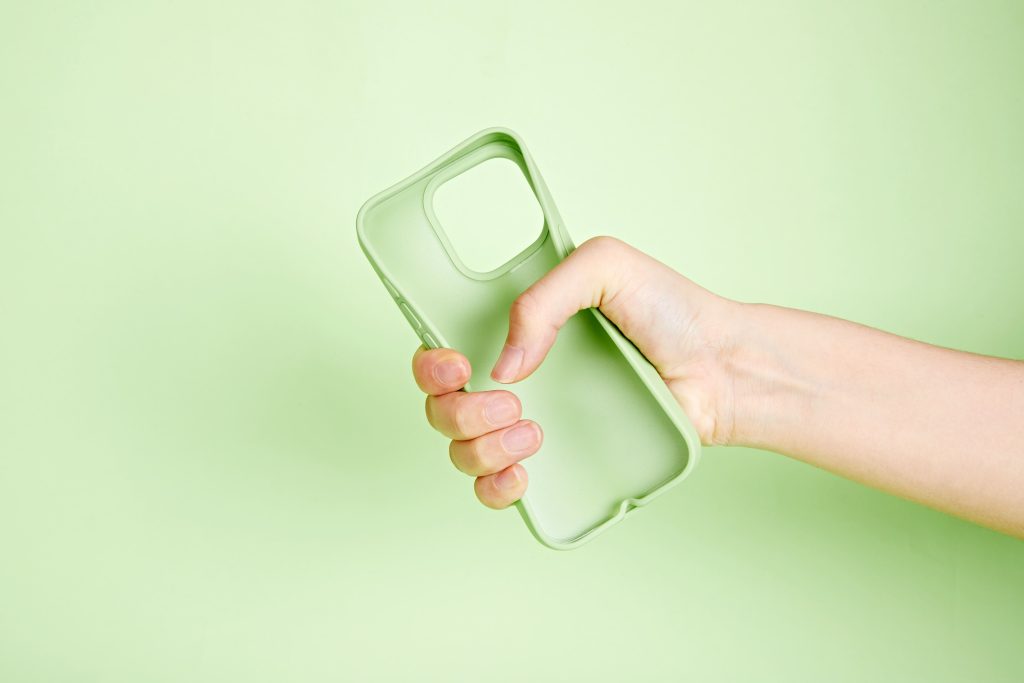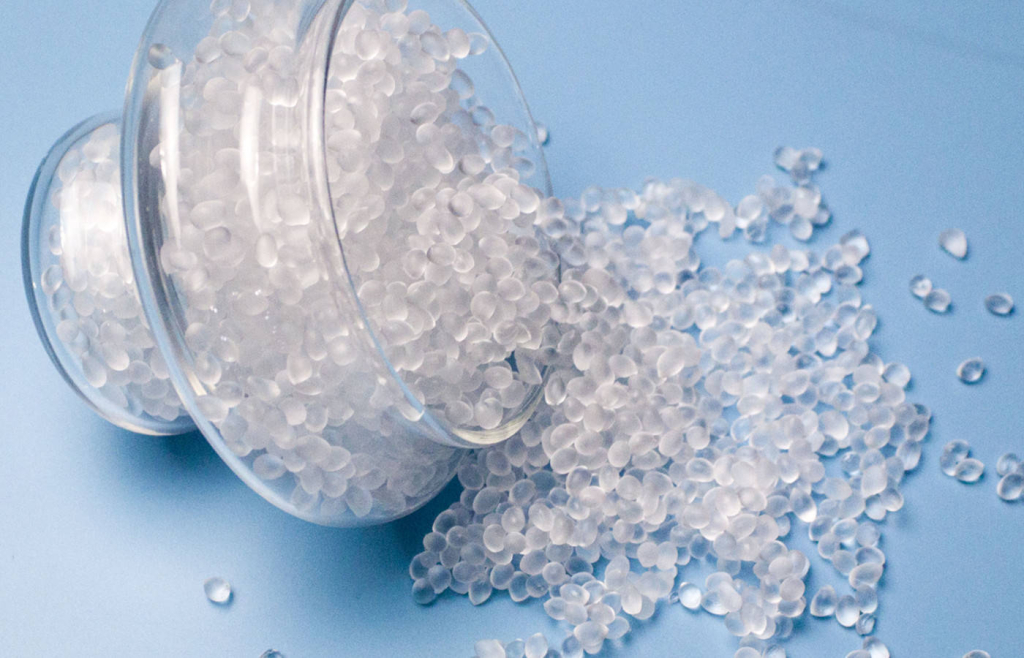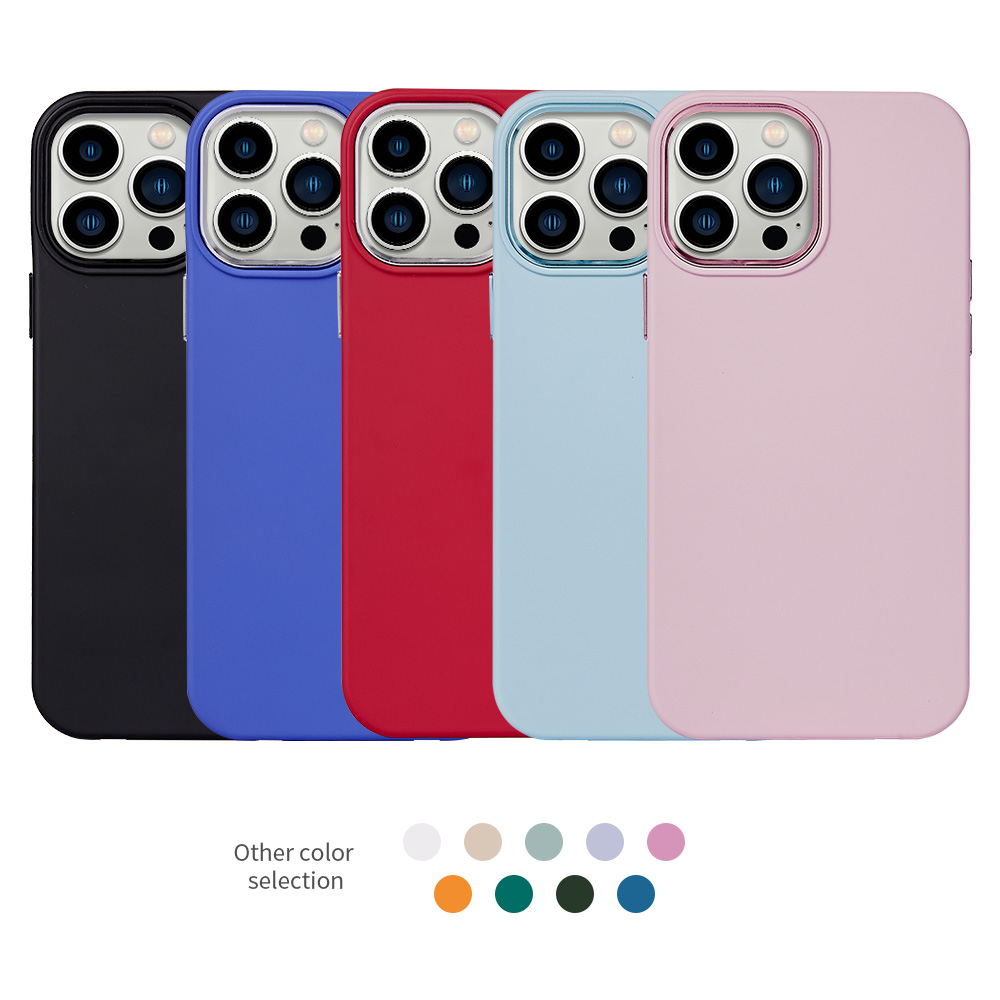
An anti-slip silicone phone case is essential if you want to prevent accidental drops caused by sweat, moisture, or smooth finishes.
Silicone cases are flexible and durable, but without proper treatment, they often become difficult to grip.
In this guide, you’ll learn how manufacturers improve grip performance from the inside out, how to test the slip resistance of your case, and why more businesses are choosing C&T for custom non slip phone case solutions.
Why Silicone Phone Cases Lose Grip
A slippery silicone case often becomes hard to handle due to moisture, sweat, or untreated surfaces.
In humid conditions or during intense activity, the lack of texture can cause your phone to slide from your hand.
Additionally, oil residue from manufacturing can make the surface permanently slick if not treated properly.
That’s why top factories begin improving phone case grip at the material stage.
This issue also affects other types of soft cases like the magnetic phone case, where surface treatment and grip design must be considered carefully.
Four Proven Methods to Make Silicone Phone Cases Anti-slip

1.Micro Textures on the Surface
Textured surfaces are created using precision laser technology.
The tiny grooves increase the contact area between the silicone and the hand.
This design provides a strong mechanical grip and reduces slipping, while remaining comfortable to hold.
Textured surfaces are one of the most durable and effective ways to create a non slip phone case.
2.Built-in Grip Powders
Before molding, nano grip particles are added to the silicone formula.
These particles form a tight internal structure that improves shock absorption and enhances grip from the inside
Unlike coatings, this method does not wear off and keeps the case lightweight and flexible.
It’s a reliable way to make an anti-slip silicone phone case without changing its appearance.
This technique is often used in high quality phone cases that need to balance performance and comfort over long-term use.
3.Surface Adhesion Treatment
Using plasma treatment, the silicone surface becomes more hydrophilic, which improves adhesion to coatings or bonding layers.
This treatment takes only a few seconds but prepares the case for strong and lasting finishes.
For budget-friendly production, matte spray coatings are also applied.
These coatings create a soft-touch frosted feel, which helps meet basic grip needs and shortens delivery time.
Good adhesion is also essential when producing clear silicone styles, which can be prone to clear case yellowing if not treated with stable, non-reactive coatings.
4.Ergonomic Shape Design
In addition to materials, the physical structure of the case matters.
A curved design that follows the natural shape of the hand reduces the chance of drops.
Optimized shapes also improve comfort during long-term use.
Good structural design can significantly enhance phone case grip even without adding extra layers.
How a Non-slip Silicone Case is Made
Step 1: Blending the Silicone Material
High-quality, food-safe silicone is mixed with grip-enhancing particles.

The amount added must be carefully balanced.
Too little, and the case will be slippery.
Too much, and it becomes hard and uncomfortable.
The material is designed to be grippy from the inside, ensuring that the case maintains its performance over time.
This step plays a critical role in phone case manufacturing, especially when optimizing for both feel and function.
Step 2: Custom Mold Creation
Manufacturers use laser-engraved molds with detailed patterns like hexagons or shark skin.
These patterns are precise down to 0.05 mm and are customized based on your requirements.
If a change is needed, rapid prototyping allows updates to the mold in under 12 hours.
Step 3: Injection Molding and Heat Curing
Liquid silicone is injected into high-pressure molds, where the anti-slip texture is formed.
The mold is then heated at high temperatures, triggering a chemical reaction that transforms the silicone into a solid, elastic product.
This process permanently locks in the texture and results in a high-friction surface ideal for a non slip phone case.
Step 4: Surface Finishing
Two popular finishing methods are used
Plasma coating forms a nanoscale layer that improves bonding and surface grip.
It is chemical-free and environmentally safe.
Matte resin spray gives the surface a fine frosted look and is more affordable.
This option is widely used for online sales and fast delivery.
How to Test Grip Performance
Before full production, manufacturers test the anti-slip silicone phone case in various conditions.
The following methods are commonly used
Tilt test Place the phone on an inclined surface. It should stay still at an angle of at least 35 degrees
Oil test Wipe the case with olive oil to simulate sweat. Grip should still be consistent
Abrasion test Rubbing the surface repeatedly tests how much grip is lost over time.
A good case loses less than 8 percent of its grip after 2,000 cycles
If a slippery silicone case fails any of these tests, it may not meet quality standards for real-world use.
Why Choose C&T for Non-slip Case Manufacturing

C&T is a trusted name in high-performance phone case production.
The defect rate is 30 percent lower than industry averages.
With MUD technology, product launch times are reduced by up to 40 percent.
We are also an experienced mobile phone case supplier that provides full-service support, from mold design to compliance documentation.
Our production meets global safety standards, including REACH, FDA, and ISO, helping your brand enter regulated markets with confidence.
Create Your Own Anti-slip Silicone Case Today
Looking to develop a custom anti-slip silicone phone case for your business?
Whether you’re a distributor or brand owner, we provide a full-service manufacturing solution — from material blending to surface finishing.
Reach out today for a free consultation and start kit.
Improve your product line with strong phone case grip that your customers will notice and trust.





